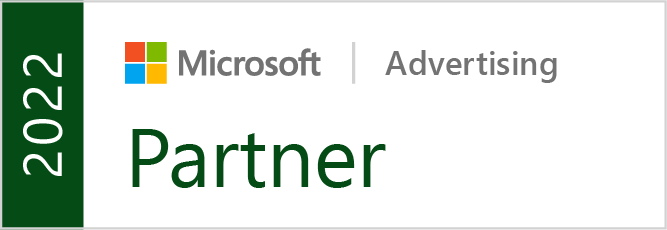Almost every designer has ended up working with a bad client. We all try to avoid it, but sure enough, eventually you end up with a client that will drive you up the wall. Wouldn’t it be great if you could easily pick out which clients are going to be more hassle than they are worth?
Justin Spencer has created a list of tell-tale signs at Designrfix that a client might not be worth the money. It is important to note, a bad client is not just one that doesn’t pay you on time. Slow payment, while highly frustrating, is not always the sign of a bad client, especially if they are a small company.
Instead, bad clients are those that create completely unnecessary problems as professionals. During negotiations to work with these types of clients, they will often do things like understating the difficulty of a project to lower fees. They could also try to get you to work at low prices by promising they will give you lots of work in the future.
Spencer has plenty more signs that will help clue you into a bad client. If you see more than one of these issues early on, seriously consider if the work you are going to put in for them will be worth the headaches later on.





